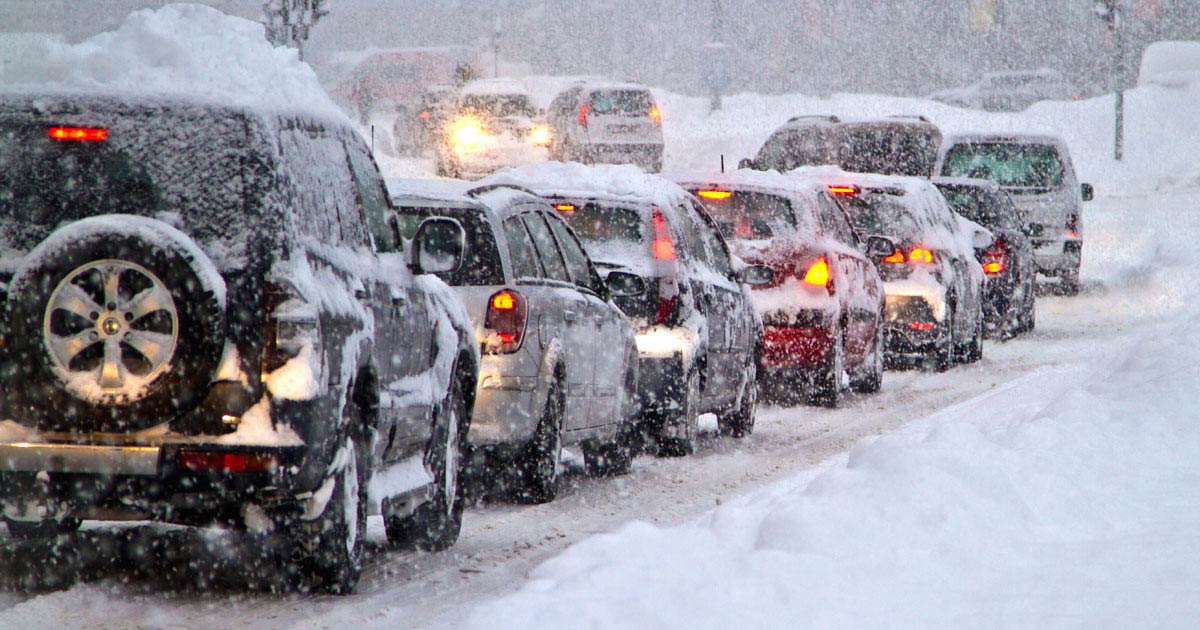Understanding Seasonal Bipolar
There is growing evidence to suggest bipolar moods correspond with seasons. Most commonly, elevated moods (hypomania or full-blown mania) are more common in the spring and summer seasons, and depression, in all levels of severity, is more common in the fall and winter months.
Although seasonal bipolar disorder has been experienced by many, there is no definitive evidence as to why mania occurs more often in the spring and summer. There is much more evidence for the increased risk of depression in fall and winter months; these increases in depression likely correspond to the emergence of seasonal affect disorder (SAD), a well-documented form of depression, once downplayed as just the winter blues.
The symptoms of SAD generally arrive in mid-fall as shortened days and falling temperatures mean less time outside and less exposure to sunlight.
These seasonal changes are often coupled with the start of the academic year, which for parents, teachers and students alike means added responsibility following a leisurely summer break. On top of this, the obligations associated with the fall and winter holidays mean many people are left overburdened with diminishing emotional reserves.
Treatment for SAD
If you think you are experiencing SAD, see your doctor and discuss possible changes in your medications. Your doctor may also suggest light therapy, which involves purchasing a light box that mimics outdoor light.
There is evidence to suggest a daily exposure to this type of light can elevate your mood due to chemical changes in your brain chemistry. You can purchase a light box over-the-counter. Although your doctor may recommend a special brand of light box, it will likely not be covered by insurance.
Clash of Seasons
But for many of us with bipolar it doesn’t end there. Thankfully many of us have access to good doctors, good medicine and good advice.
However, seasonal depression represents a literal fall from the steep cliff of mania — at best hypomania, at worst full-blown mania. This dramatic mood swing can be incredibly dangerous. It is important for us to be honest with ourselves and acknowledge this internal conflict that can plunge us into an even greater depression.
The Cycle
Mania and hypomania bring about different behaviors in each person. Some spend irrational amounts of money, some are promiscuous, some are irritable, and the list goes on.
One thing most manic behaviors have in common is we often end up regretting them at some point. And so the end of the manic summer and the beginning of the depressive fall can be a time of reckoning — a time of having to face your mistakes.
I don’t know about you, but for me it is like overindulging in food for months and one day stripping naked in front of a mirror. It isn’t a pretty sight; in addition to the bulging fat, I am completely covered in shame.
My shoulders slump and I put a familiar track on an endless loop in my mind: an ode to my failure that warns me to never try again. If I have the courage to question the song, I am reminded to simply look in the mirror again and it becomes a vicious cycle.

